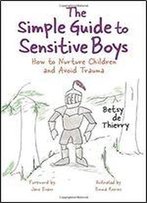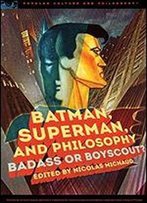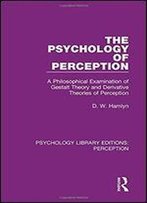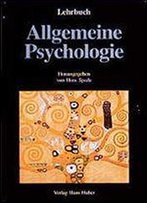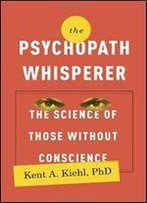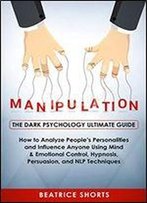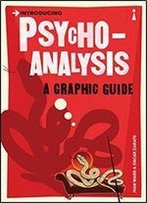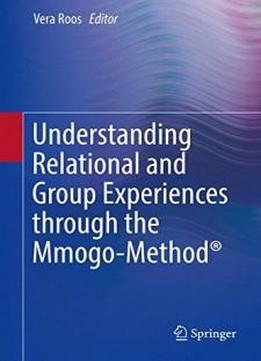
Understanding Relational And Group Experiences Through The Mmogo-method®
by Vera Roos /
2016 / English / PDF
6.9 MB Download
This volume describes the development and application of the
Mmogo-method® as a projective visual data-gathering method, applied
in different contexts and with different groups of people. "Mmogo"
means togetherness in Setswana, one of the 11 official languages of
South Africa. The Mmogo-method® provides a deep understanding
of personal, relational and group experiences and is particularly
useful in cross-cultural contexts and across age groups. By
allowing visual expressions of the self as a complex, dynamic
social system it overcomes some of the limitations of traditional
data-collection methods, such as questionnaires or interviews.
The book draws together contributions by leading social
scientists to show how this flexible, visual data-collection method
can be used independently or jointly with other data-gathering
techniques, such as journalling or in-depth interviewing, to
acquire rich information. The research method described here
enables investigators to access perceptions, feelings and personal
experiences participants might otherwise find hard to
verbalize and explain. Researchers in disciplines such as
education, social sciences, consumer sciences, market research, and
city and town planning will find this book and its innovative
method particularly valuable in addressing a gap in available
visual and other data collection resources.
This volume describes the development and application of the
Mmogo-method® as a projective visual data-gathering method, applied
in different contexts and with different groups of people. "Mmogo"
means togetherness in Setswana, one of the 11 official languages of
South Africa. The Mmogo-method® provides a deep understanding
of personal, relational and group experiences and is particularly
useful in cross-cultural contexts and across age groups. By
allowing visual expressions of the self as a complex, dynamic
social system it overcomes some of the limitations of traditional
data-collection methods, such as questionnaires or interviews.
The book draws together contributions by leading social
scientists to show how this flexible, visual data-collection method
can be used independently or jointly with other data-gathering
techniques, such as journalling or in-depth interviewing, to
acquire rich information. The research method described here
enables investigators to access perceptions, feelings and personal
experiences participants might otherwise find hard to
verbalize and explain. Researchers in disciplines such as
education, social sciences, consumer sciences, market research, and
city and town planning will find this book and its innovative
method particularly valuable in addressing a gap in available
visual and other data collection resources.



